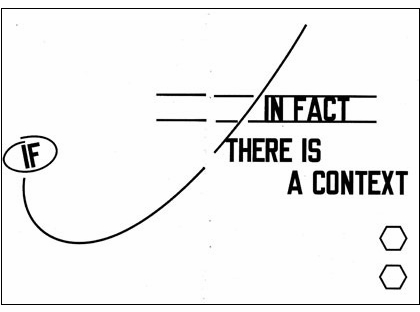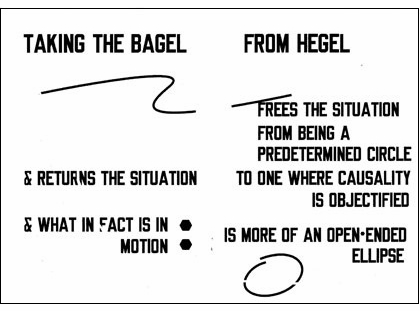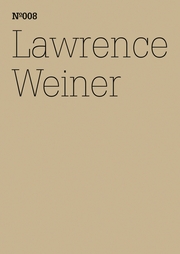| |||||||||||||||||||||||||
ARTBOOK BLOGEventsStore NewsMuseum Stores of the MonthNew Title ReleasesStaff PicksImage GalleryBooks in the MediaExcerpts & EssaysArtbook InterviewsEx LibrisAt First SightThe Artbook | D.A.P. 2025 Gift GuidesArtbook Featured Image ArchiveArtbook D.A.P. Events ArchiveDATE 12/11/2025 192 Books presents Raymond Foye and Peter Gizzi on The Song Cave's new edition of John Wiener’s 'Behind the State Capitol: Or Cincinnati Pike'DATE 12/8/2025 Pure winter glamour in ‘It’s Snowing!’DATE 12/3/2025 Flamboyant poses and melodramatic airs in 'Cecil Beaton's Fashionable World'DATE 11/30/2025 Artbook at Hauser & Wirth Los Angeles Bookstore presents Kelli Anderson and Claire L. Evans launching 'Alphabet in Motion'DATE 11/27/2025 Indigenous presence in 'Wendy Red Star: Her Dreams Are True'DATE 11/24/2025 Holiday Gift Guide 2025: Artful Crowd-PleasersDATE 11/22/2025 From 'Bottle Rocket' to 'The Phoenician Scheme' — the archives of Wes AndersonDATE 11/20/2025 The testimonial art of Reverend Joyce McDonaldDATE 11/18/2025 A profound document of art, love and friendship in ‘Paul Thek and Peter Hujar: Stay away from nothing’DATE 11/17/2025 The Strand presents Kelli Anderson + Giorgia Lupi launching 'Alphabet in Motion'DATE 11/15/2025 Holiday Gift Guide 2025: Stuff that StockingDATE 11/15/2025 Artbook at MoMA PS1 presents Cory Arcangel, Eivind Røssaak and Alexander R. Galloway launching 'The Cory Arcangel Hack'DATE 11/14/2025 Columbia GSAPP presents 'The Library is Open 23: Archigram Facsimile' with Beatriz Colomina Thomas Evans, Amelyn Ng, David Grahame Shane, Bernard Tschumi & Bart-Jan Polman | EXCERPTS & ESSAYSMING LIN | DATE 7/24/2011Documenta Notebooks: Lawrence Weiner"IF IN FACT THERE IS A CONTEXT..." begins Lawrence Weiner, rather skeptically, in his contribution to Hatje Cantz and Documenta's series, 100 Notes, 100 Thoughts. Weiner, a formative figure of the conceptual art movement, is known for his bold typographic works displayed as wall installations. His very literal phrases—for example the famous work "A 36" X 36" REMOVAL TO THE LATHING OR SUPPORT WALL OF PLASTER OR WALL-BOARD FROM A WALL"—lead the viewer to question whether the work of art is the object or action described or the text itself. Like Joseph Kosuth's 1965 "One and Three Chairs" piece, which features a chair, a photograph of the same chair and a copy of the dictionary definition of the word "chair," Weiner's work invites ambiguity in order to interrogate themes such as what an original work of art consists of and how meaning is made.   |
